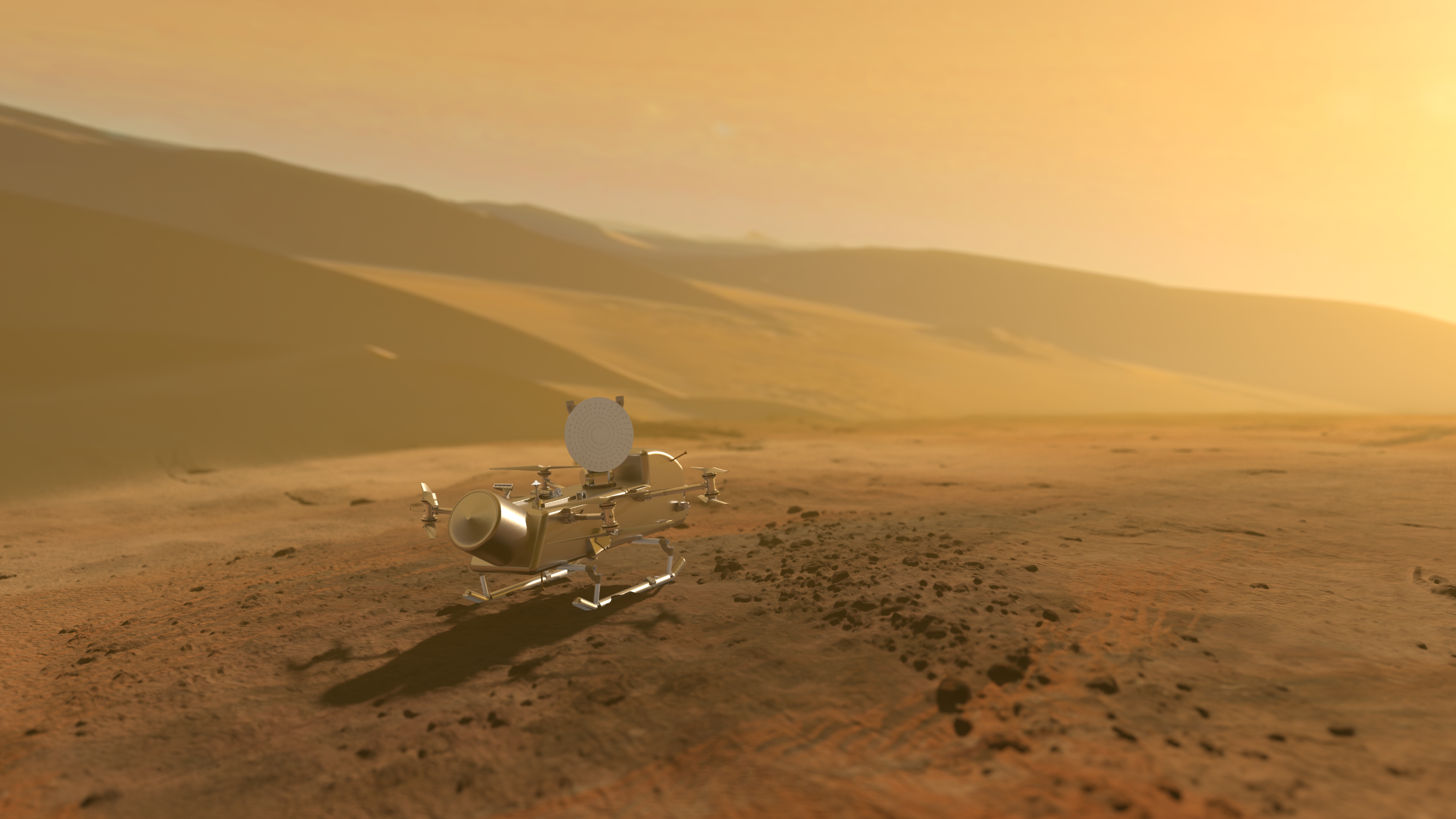4 min read
The most recent spacecraft telemetry was acquired on Jan. 27 from the Deep Space Network tracking complex at Goldstone, California. The Cassini spacecraft is in an excellent state of health. Information on the present position and speed of the Cassini spacecraft may be found on the "Present Position" page at: http://saturn.jpl.nasa.gov/operations/present-position.cfm.
Wednesday, Jan. 21 (DOY 021):
Saturn is once again visible in the evening sky and can be found in the constellation Leo from now through September. You'll easily spot the pale golden planet rising in the east-northeast by mid-evening towards the end of the January. Though the ring tilt narrows to edge-on in September, Saturn will be so close to the Sun then that it will offer an unsatisfactory viewing opportunity. Be sure to look at Saturn's narrow ring this month!
Thursday, Jan. 22 (DOY 022):
Orbit Trim Maneuver (OTM) #180 was uplinked to the spacecraft today. The files were sent a day early to allow two opportunities for uplink to ensure receipt on the spacecraft prior to the primary maneuver pass on Jan. 23, and avoid heavy penalties associated with dropping to the backup maneuver window. As part of normal maintenance, additional files were also sent to clear the CDS and System Fault Protection error logs.
A kickoff meeting was held today for a Live Inertial Vector Propagator update due to execute on DOY-033. Originally planned for Rhea vectors alone, analysis showed that a Saturn update might be needed along with a Titan update to preserve a cloud observation. The scientists have determined that all updates are necessary, so the window has been expanded to include DOY-031 to DOY-034. File generation and validation will proceed at this time with uplink to the spacecraft planned for a week from today.
Friday, Jan. 23 (DOY 023):
Orbit Trim Maneuver (OTM) #180 – the 100th main engine maneuver to be performed by the spacecraft since launch - was performed today. This is the periapsis maneuver setting up for the Titan 50 encounter on Feb. 7. The main engine burn began at 9:00 PM PST. Telemetry immediately after the maneuver showed the burn duration was 27.8 seconds, giving a delta-V of 4.67 m/s. All subsystems reported nominal performance after the maneuver. Cassini Telecom reported high winds at the DSN complex in Madrid of up to 63 km/hr during the maneuver. High winds can adversely affect antenna pointing accuracy and also impact antenna dish shape to a limited extent. However, no adverse effects have been detected in the Cassini data.
Monday, Jan. 26 (DOY 026):
A weeklong series of discussions and presentations began today as Cassini scientists and flight team members gathered for the 47th meeting of the Project Science Group.
Tuesday, Jan. 27 (DOY 027):
All teams provided files today for the S51 Port 1 delivery as part of the Science Operations Plan process.
Currently the Saturnian poles are experiencing major changes in seasonal lighting, with the north polar region experiencing sunlight for the first time in over a decade and the south polar region about to enter over a decade of polar winter. Studies of these regions over the next few years hope to reveal changes in Saturn's meteorology and circulation produced by such seasonal changes, including solar heat deposition. In addition, images of the north pole –where sunlight is just beginning to illuminate features - will reveal the structure and microphysical nature of upper tropospheric clouds that help form the bizarre hexagonal feature there.
A concerted effort by several Cassini remote sensing instruments – in particular, Imaging Science, Ultraviolet Imaging Spectrograph, and Visual and Infrared Mapping Spectrometer – will enable the multifaceted nature of polar aurorae to be revealed. All three instruments will image the aurorae over a variety of wavelengths, thus quantitatively mapping their power over the polar regions. Multiple images acquired regularly over short periods of time spanning minutes to hours will characterize the transient nature of auroral phenomena. Correlations of auroral activity with underlying hazes will help our understanding of the role aurorae play in generating polar hazes and clouds.







